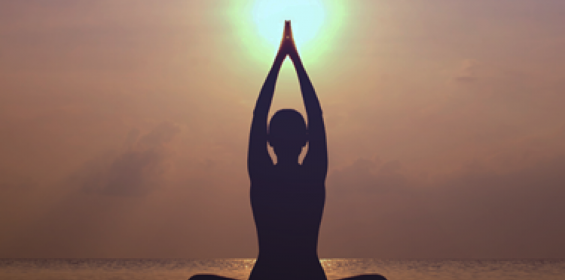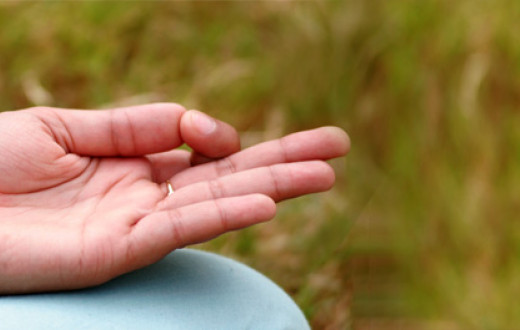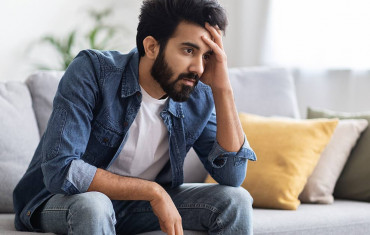“First time in history. We can save the human race by lying in front of the TV and doing nothing. Let’s not mess this up.”
Isn’t this comforting and what many of us are doing? The pandemic has forced us to stay indoors, multi-task like never before, and often turn to our mobile phones for some instant excitement and to peek at the world outside.
Technology has been an enabler in these times...keeping in touch with our loved ones, seeing them even when we can’t hold them. Building our skills through virtual classrooms, entertainment of every kind to keep monotony away. It’s truly a blessing. Yet, everything comes with a price.
So does the increased screen time. Are we watching too much television? Perhaps the children are getting too hooked onto their favorite cartoons. They’ve finished their online classes already. What about the Netflix binges I’ve been having lately? I’m feeling a lot of eye fatigue, and am not in the best of moods.
Like a lot of people seem to be saying, perhaps it’s time to use this locked-down and locked-in period to sieve through the important stuff. Keep the habits we want to keep, and slowly make our way towards change. Technology usage is a great area to start with, isn’t it?
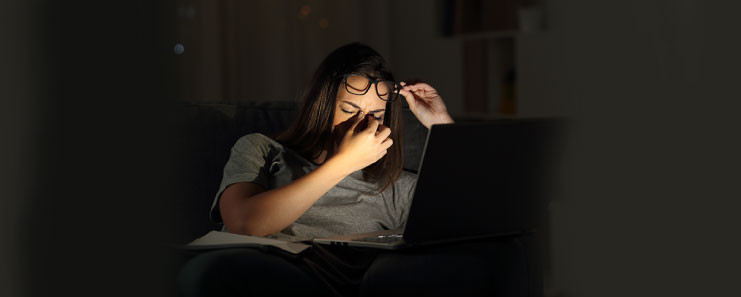
For the mobile phone enthusiast/ addict
For all those mobile users who can’t keep their hands away, listen up. Here is what you can do.
1. Keep the phone away: You heard it. Look at your phone only when it’s necessary or when you’ve planned to use it. The habit of looking at your screen every few minutes will not increase the number of likes on your Insta post, nor will you get the response faster. Start curbing the habit slowly but surely. More so, if you have children around. They emulate you.
2. To your face: Bring your phone to your face and not your face to your phone. Sounds pretty easy, yet you will be surprised. This simple act can relive a lot of neck and shoulder pain.
According to a study published in the Surgical Technology International, the human head weighs 10-12 lbs (4.5-5.5. kgs) on average when standing straight. This weight becomes 27 lbs (12.25 kgs) when you lean forward by around 15-degrees. It becomes 40 lbs (18.14 kgs) at a 30-degree tilt and 60 lbs (27.21 kgs) at a 60-degree angle. That puts a lot of pressure on the discs in your neck and spine, leading to neck, back, and shoulder pain.
You can put an end to all that: phone to face. You’ll be surprised - it might even help to reduce your screen time.
3. Keep a distance: Here too? Absolutely. A distance of 10-14 inches will greatly help in giving your eyes relief. If required, increase the font size in your phone, adjust the brightness (usually 60-70 percent brightness works well), and use night mode when required.
4. One that fits: The next time you go shopping for a new phone, ensure you choose a model that fits into the palm of your hand. If your phone doesn’t, chances are it will cause a strain in the arms and neck.
5. Cleanliness is bliss: Our phone travels with us everywhere - chances are it could get smudges of spices, water, dirt, grime. Your blurred screen is causing you eye strain. So just wipe out all that grime, and use a squeaky clean phone.
Sometimes, it takes the smallest of measures to make a big impact. Follow these recommendations regularly, and you will see.

Your eyes with too much screen time:
- Eyestrain
- Fatigue/tiredness
- Irritation
- Burning/pricking sensation
- Redness
- Blurred vision
- Double vision
According to Ayurveda, prolonged screen time creates a chain of imbalance in the Vata and Pitta doshas in the body. It manifests as eye strain but has other physiological effects as well.

Starting them young: mobile phones & children
From entertaining them at mealtimes to Zoom school lessons; from meeting family on video calls to playing some games. Chances are your children know some features on your phone that even you are not aware of. Here are some suggestions to help these bright kids:
- Get them to sit on a table and chair with arms resting on the chair and an erect posture.
- Listen to any audio with headphones, especially when they’re focusing on a class. Chances are with better audio clarity, they will focus a little lesser on the video. Such a small step to take, yet it will help reduce their eye strain. (Protip: Ensure the audio level is slightly low, we don’t want any auditory damage here.)
- Follow the 10-14 inches rule for children as well. It’s good to maintain the distance between the eyes and the screen.
- Most of all, it’s best if you curb the spent time on gadgets. Continuous viewing is something that must be avoided.
And here come the computer users
You just can’t avoid the long hours on the computer, especially with the work from home. So let’s start with an important guideline: 20-20. Every 20 minutes, look at a spot which is 20 feet away, for around 20 seconds. If you don’t have a spot in front of you, then look up from your screen and blink 20 times. This will give your eyes some critical exercise.
And here are some basic housekeeping rules when it comes to eye care.
- Keep the monitor at least 20-25 inches away.
- The screen must be lower by at least six inches.
- Ensure the hands have good support. It will help typing and give support to your wrists.
- Blink often. In a minute, the ideal number of blinks is around 15020 times. Blinking helps in removing the dryness to the eyes.
- If you’re sitting near a window, move your table so that the window is on your side or behind you. You will experience difficulty in viewing if the window is in front of you.
- Similar with the aircon. A constant blast of air on your eyes will lead to quick dryness. Let the aircon be behind you or on your side.
- Anti-glare glasses (or Blu-ray cut lenses) will help to cut down the radiation coming in from the screen. It’s a good idea to wear glasses, even if you don’t have a number. The power could be zero.
After the locked-down too!
The eyes are a part of our system, connecting to the brain and our body. The better our overall health, the healthier are our eyes. Along with the above guidelines, some basics build over time to ensure good eye health.
- Sleep: No gadgets an hour before sleep time which ideally is 10 pm. Enough sleep coupled with regular oil massages on the body will take care of Vata imbalances.
- Exercise: Yoga, nadi shodhan pranayama, eye exercises (eye rotations, blinking, tratak - staring at a spot on a wall until the eye blinks) are highly recommended.
- Food: A more natural diet filled with seasonal fruits and vegetables, less white sugar, no refined oil, pulses like moong dal, and less fried food. Of course, you could choose your cheat days as long as it is the exception and not the rule.
- Regular eye check-ups can help to prevent/reduce the development of eye problems.
- Regular screen time breaks.
- Consult an eye doctor to understand the right eye drops for you and some practices like eye washing.
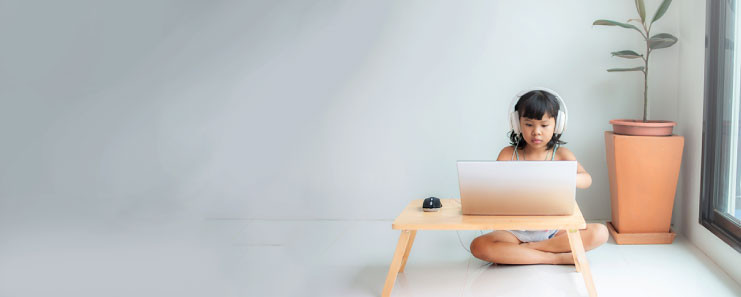
A simple DIY eye wash
The simplest eye wash could be with water or with triphala water. To make the latter, boil 1 glass of water, add 1 teaspoon of triphala powder, stir well and leave till it cools down. Filter with a clean cloth and pour in an eye cup. Immerse your eye in the cup, and blink your eyes around 30-50 times. Discard this water, and refill with the triphala water. Repeat with the other eye. You can practice this everyday.
Please note: This is a preventive measure to keep the eyes healthy. This is not to be used in the case of a specific eye ailment. Kindly consult a doctor if you suffer from any eye problem.

When this locked-down ends and we return to a new normalcy as we understand it, let health remain an indisputable priority.
With inputs from Dr. Sharika Menon, Vaidya, Art of Living & Dr. Rakhi Agarwal, ophthalmologist, Shirpur, Maharashtra

